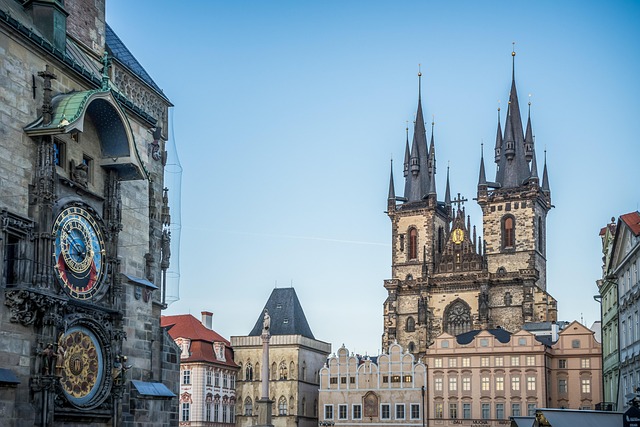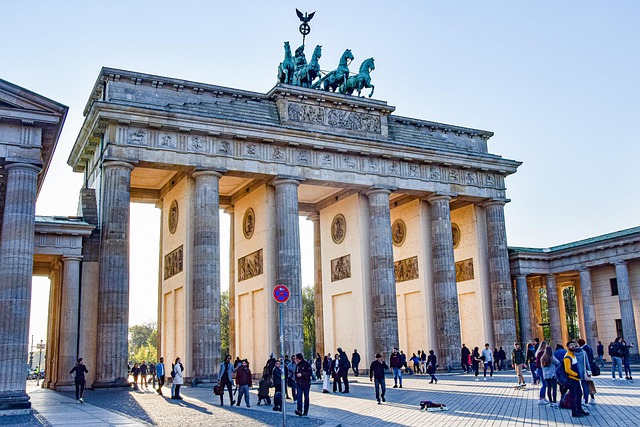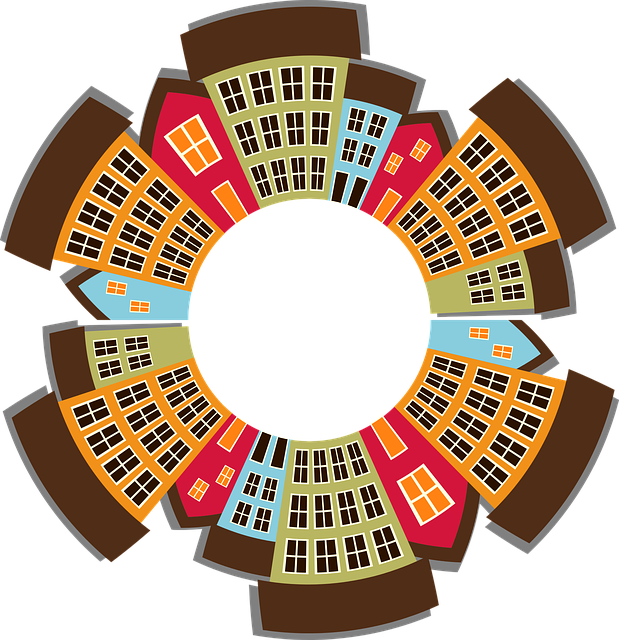Khalid Bin Walid Road in Karachi is a vibrant, historic corridor showcasing the city's rich cultural heritage through architectural remnants, bustling markets, and landmarks like the Pakistan Air Force Museum and Khwaja Moinuddin Chishti Mosque. As a crucial transportation artery, it connects diverse neighborhoods and facilitates economic growth, while continuously evolving with infrastructure upgrades to meet the metropolis' modern demands. Karachi, known for its dynamic blend of traditional charm and contemporary progress, offers locals and visitors a captivating experience woven into its fabric.
“Unveiling the Evolution of Khalid Bin Walid Road in Karachi: A Historical Journey Through Urban Transformation
This article delves into the rich history and dynamic development of Khalid Bin Walid Road, one of Karachi’s most significant thoroughfares. From its origins to its current status as a bustling urban artery, we explore how this road has shaped the city’s landscape and mobility. Discover key landmarks, understand its impact on urban planning, and gain insights into the future prospects and challenges that lie ahead for this vital connection in Pakistan’s vibrant metropolis, Karachi.”
- Understanding Khalid Bin Walid Road in Karachi: A Historical Perspective
- The Evolution of the Road and Its Impact on Urban Development
- Key Landmarks and Attractions Along the Route
- Transportation and Connectivity: How the Road Shapes Karachi's Mobility
- Future Prospects and Challenges: Planning for Karachi's Roads Ahead
Understanding Khalid Bin Walid Road in Karachi: A Historical Perspective
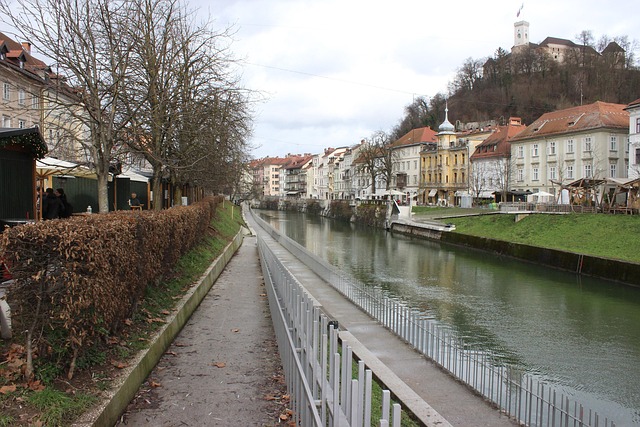
Khalid Bin Walid Road, a significant thoroughfare in Karachi, Pakistan, is more than just a street; it’s a historical thread woven into the bustling tapestry of this vibrant metropolis. Named after the renowned Arab general Khalid bin Walid, the road reflects the city’s rich cultural heritage and its evolution over centuries. Karachi, known for its labyrinthine streets and bustling markets, has seen Khalid Bin Walid Road become a crucial connection, linking diverse neighborhoods and communities.
Historically, the area surrounding the road has been a melting pot of cultures, with traders and merchants from across the globe plying their trade. This historical significance is evident in the architectural remnants and vibrant markets that line the route, showcasing the city’s past as a bustling port and trading hub. Today, Khalid Bin Walid Road continues to be a vital artery, navigating the hustle and bustle of modern Karachi while paying homage to its historical roots.
The Evolution of the Road and Its Impact on Urban Development

Khalid Bin Walid Road, a pivotal thoroughfare in Karachi, has undergone a remarkable evolution since its inception. Originally a modest pathway connecting suburban areas to the bustling metropolis, it has gradually transformed into a vibrant corridor of urban development. The road’s expansion and upgrading have been instrumental in shaping the city’s landscape, facilitating commerce, and enhancing connectivity. As Karachi continues to grow, Khalid Bin Walid Road stands as a testament to the dynamic nature of urban infrastructure, linking diverse neighborhoods and contributing to the overall vibrancy of the metropolis.
This transformation has not only improved accessibility but also spurred economic growth along its length. The road’s increased capacity and better maintenance have attracted businesses, leading to the development of commercial hubs, retail outlets, and residential complexes. The impact is evident in the thriving communities and bustling business activities that now characterize this once-quiet route, making it a vital artery in Karachi’s ever-evolving urban fabric.
Key Landmarks and Attractions Along the Route

Khalid Bin Walid Road, a bustling artery in Karachi, is more than just a thoroughfare; it’s a journey through the city’s vibrant history and culture. Along this route, travelers are treated to a fascinating mix of architectural marvels, historic sites, and modern amenities that reflect Karachi’s diverse tapestry. From the iconic Pakistan Air Force Museum, which showcases the country’s rich aviation heritage, to the vibrant markets like Burns Road and Frere Hall – a testament to the city’s bustling commercial spirit – every bend in Khalid Bin Walid Road offers a unique experience.
As you meander through this dynamic corridor, don’t miss the chance to visit the historic Khwaja Moinuddin Chishti Mosque, known for its majestic architecture and peaceful ambiance. The route also intersects with cultural hotspots like the National Museum, which houses an extensive collection of artifacts that narrate Pakistan’s rich history. Moreover, the vibrant street art and bustling food stalls add a lively touch, making Khalid Bin Walid Road a true reflection of Karachi’s spirit – dynamic, diverse, and always intriguing.
Transportation and Connectivity: How the Road Shapes Karachi's Mobility
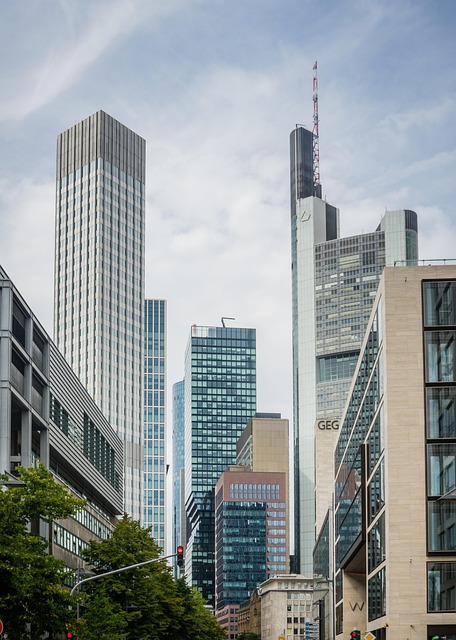
Khalid Bin Walid Road, a bustling artery in Karachi, is more than just a thoroughfare; it’s a lifeline that shapes the city’s mobility and transportation network. This strategic road connects various neighborhoods, commercial hubs, and industrial areas, facilitating seamless travel across the metropolis. The high traffic volume and efficient design make it a key player in Karachi’s daily commute, enabling residents and businesses to navigate easily.
The road’s impact extends beyond local connectivity; it serves as a gateway to the broader region, linking Karachi with nearby cities and towns. This interconnection is vital for cargo transportation and passenger travel, fostering economic growth and cultural exchange. With ongoing infrastructure developments, Khalid Bin Walid Road continues to evolve, enhancing its role as a cornerstone of Karachi’s transportation landscape.
Future Prospects and Challenges: Planning for Karachi's Roads Ahead
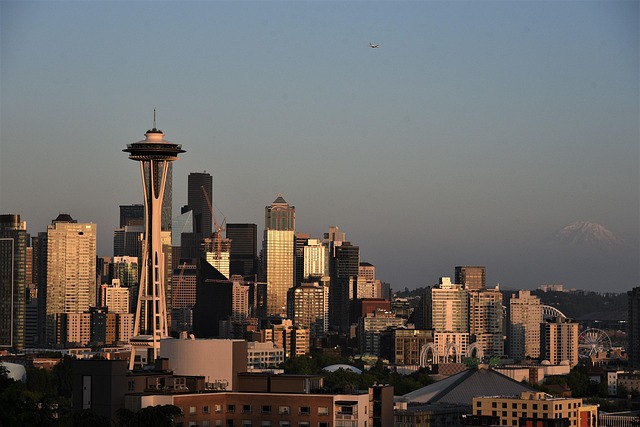
Khalid Bin Walid Road, a significant thoroughfare in Karachi, has not only shaped the city’s historical landscape but also played a pivotal role in its urban development. From being a mere passageway, it has evolved into a vibrant transportation artery, connecting diverse neighborhoods and landmarks. As we look ahead, the future of Karachi’s roads, including Khalid Bin Walid Road, hinges on addressing challenges while embracing innovative planning to meet the burgeoning needs of the metropolis. By leveraging its rich history and understanding its current impact, Karachi can ensure that its road infrastructure continues to foster connectivity and enhance the quality of life for its folks.
